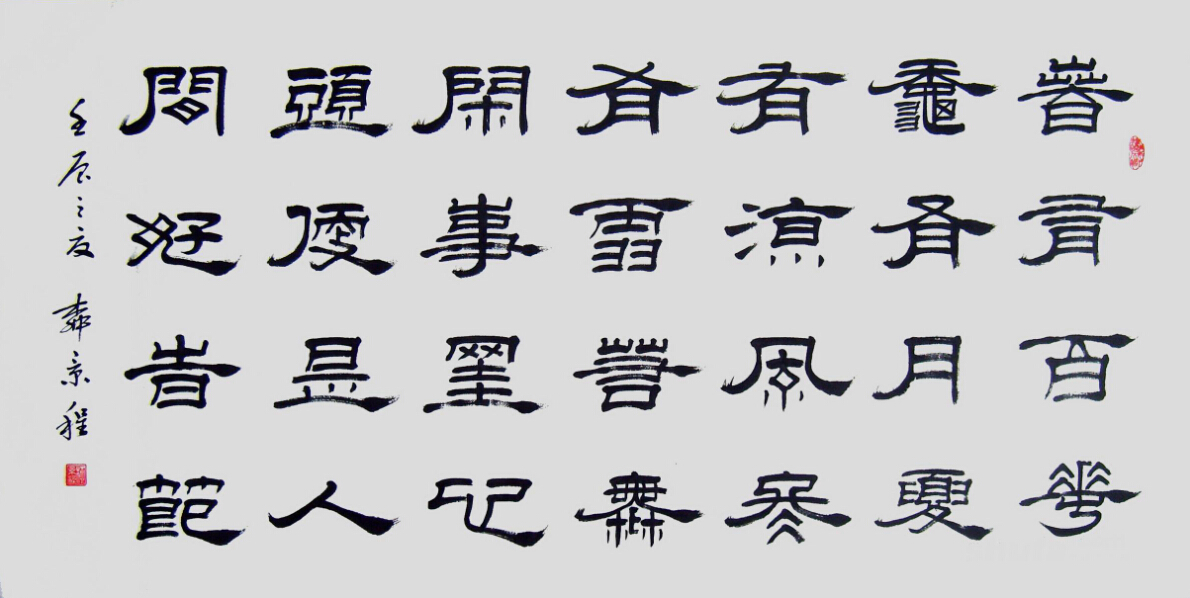The Origin and Evolution of Chinese Characters
Chinese characters constitute one of mankind's oldest systems of scripts in the world. Total Chinese characters are more than 80000 which are consisting up to 3500 commonly used and convey 99% of social information.


THE EVOLUTION OF CHINESE CHARACTERS
Chinese characters originate from pictures and pictographic signs in primitive society which were created and summarized step by step over a long period of labor and pratice by the ancestors. Through evolvement, mature jiaguwen (oracle scripts or Chinese scripts carved on tortoise shells or animal bones) appeared in the Shang Dynasty 3000 years ago at the least.
1. Jiaguwen
- Jiaguwen are Chinese scripts carved on tortoise shells or animal bones, mainly during the Shang Dynasty (17th - 11th BC).
- Jiaguwen have regular strokes and beautiful form, which is evidence that they had undergone a long development process and that there should be certain rudiments preexisting jiaguwen.
- From jiaguwen to the current simplified Chinese characters, Chinese characters have experienced a course of evolution from hieroglyph to abstraction and from complexity to simplicity, evolving from jiaguwen to jinwen (ancient Chinese script used in inscriptions on ancient bronze objects), zhuanshu (seal characters), lishu (official script) and kaishu (regular script) as well as caoshu (cursive script) and xingshu (semi-cursive script)
2. Jinwen
3. Zhuanshu


- Zhuanshu can be divided into dazhuan (large seal script) and xiaozhuan (small seal script).
- Dazhuan also called zhouwen, usually refers to the script of the State of Qin during the Spring and Autumn Period and the Warring States Period, and the most typical dazhuan was shiguwen; xiaozhuan was a result of simplified dazhuan, but was better balanced in structure and more rgular, with simplified, rounder and smoother strokes.
4. Lishu
- Lishu can be divided into Qin li and Han li. Qin li was used in the Qin Dynasty.
- Han Li also known as 'present li' was derived from Qin li and commonly used in the Han Dynasty.
- Compared with Qin li, Han li had fewer traces of zhuanshu.

5. Kaishu
- Kaishu was developed on the basis of lishu, first appearing in the late Han Dynasty and most popular in the Wei and Jin Dynasties.
- Being egular and square in forms and simple in writing, it is still in use today.
- It is a standard script that has been used for the longest duration.

Jiaguwen, jinwen, zhuanshu, lishu and kaishu were or are scripts formally used in certain periods of history while caoshu and xingshu have been auxiliary ones all the time. Caoshu features in general continuous or omitted strokes. Xingshu originated in the late Eastern Han Dynasty and is a kind of script between kaishu and caoshu. Despite of its continuous strokes, it is easy to write and read and thus very practical.



No comments:
Post a Comment